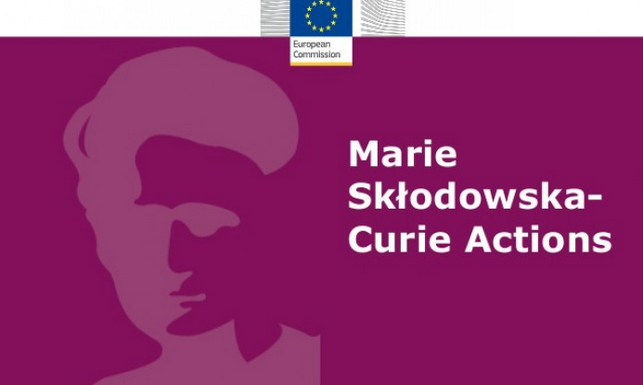VIDEOACT aimed to examine the use of video as an activist tool by media practitioners from Turkey, who have left the country for a variety of different reasons and are now living in Germany. The project aims to draw a map of the various audio-visual practices employed by this new diaspora from Turkey and to analyze the formal, thematic and aesthetic elements they deploy.
The methodology of the project includes textual analysis of activists’ videos, discourse analyses and interviews. The third-leg of the research project included the reception of these videos, so as to understand the social impact they may have. Moreover, practice-based research approaches were also developed with the audio material gathered from project participants to create a landscape pertaining to their interweaving stories, paired with imagery representing their experiences.
In this growing authoritarian context where the limits on freedom of expression have been tightening more and more, an increasing number of Turkish citizens have sought asylum in Germany and other European Union member states. This has been the case since the attempted coup d’état of 2016 in Turkey, but a process that really began post-2013 Gezi Park protests. Germany particularly has been a top destination for this new class of political refugees. The media practitioners who have left Turkey for political reasons include several photo-journalists, documentary filmmakers and video artists. They have used the moving image and its various aesthetic formats as a critical tool to render visible issues ranging from the oppression of women and ethnic minorities to restrictions on freedom of speech and issues of displacement. Their activism through the audiovisual medium has the representational power to shift public dialogue regarding the issues they address by reframing their discursive setting, thus mobilizing civil society and strengthening counter publics.
In terms of the wide range of typologies developed in order to categorize activist videos, those proposed by Notley, Gregory and Lowenthal were selected. Video for Change is used as an umbrella term defined as “the use of video to support social movements, document human rights violations, raise awareness on social issues, and influence social change” (Notley et al. 2017). This typology incorporates different video-making styles, formats, approaches and practices (including personal storytelling, touching upon the affective, empowering the subjects), thus extending the analytical scope beyond the confinements of the strategic work of social movement actors. In that sense, this scope was more approporiate for the range of genres, formats and approaches to videos analysed for the project, where they too included a wider understanding of the spectrum of video that can be used to ameliorate social relations and create awareness.
The outputs of the project included journal articles and conferences to share research results, as well as screenings open to the public, opening up dialogue on the issues raised in the videos.
For more information visit the project website here

